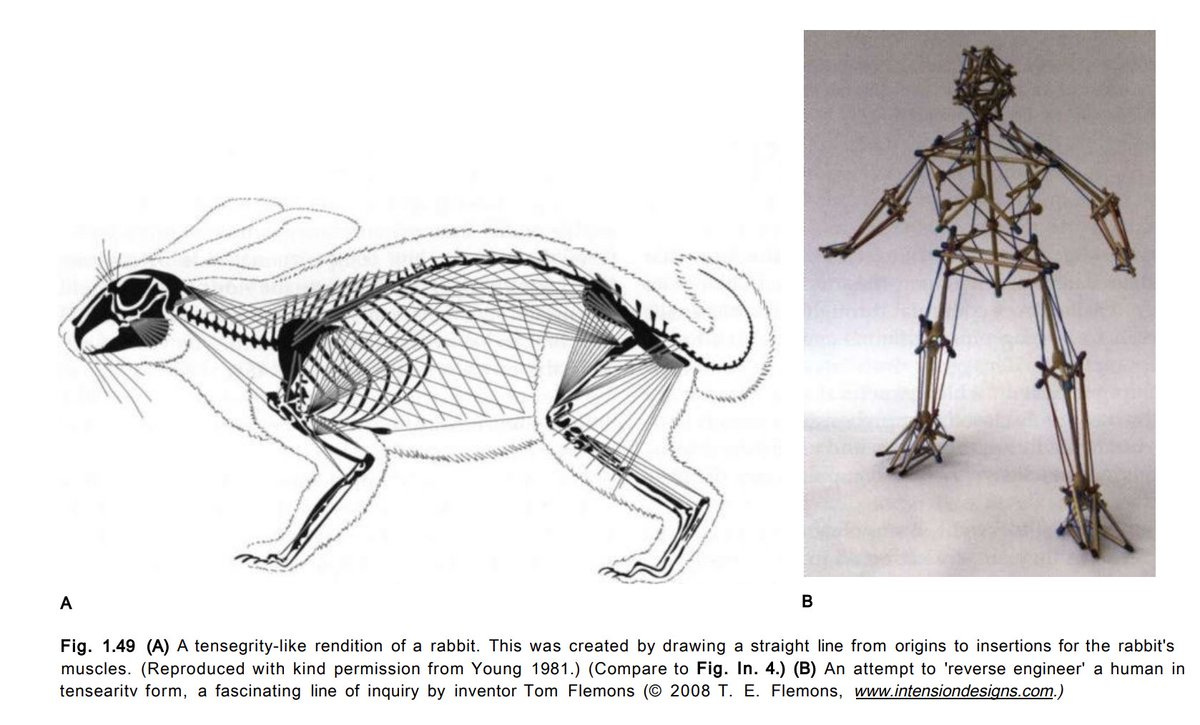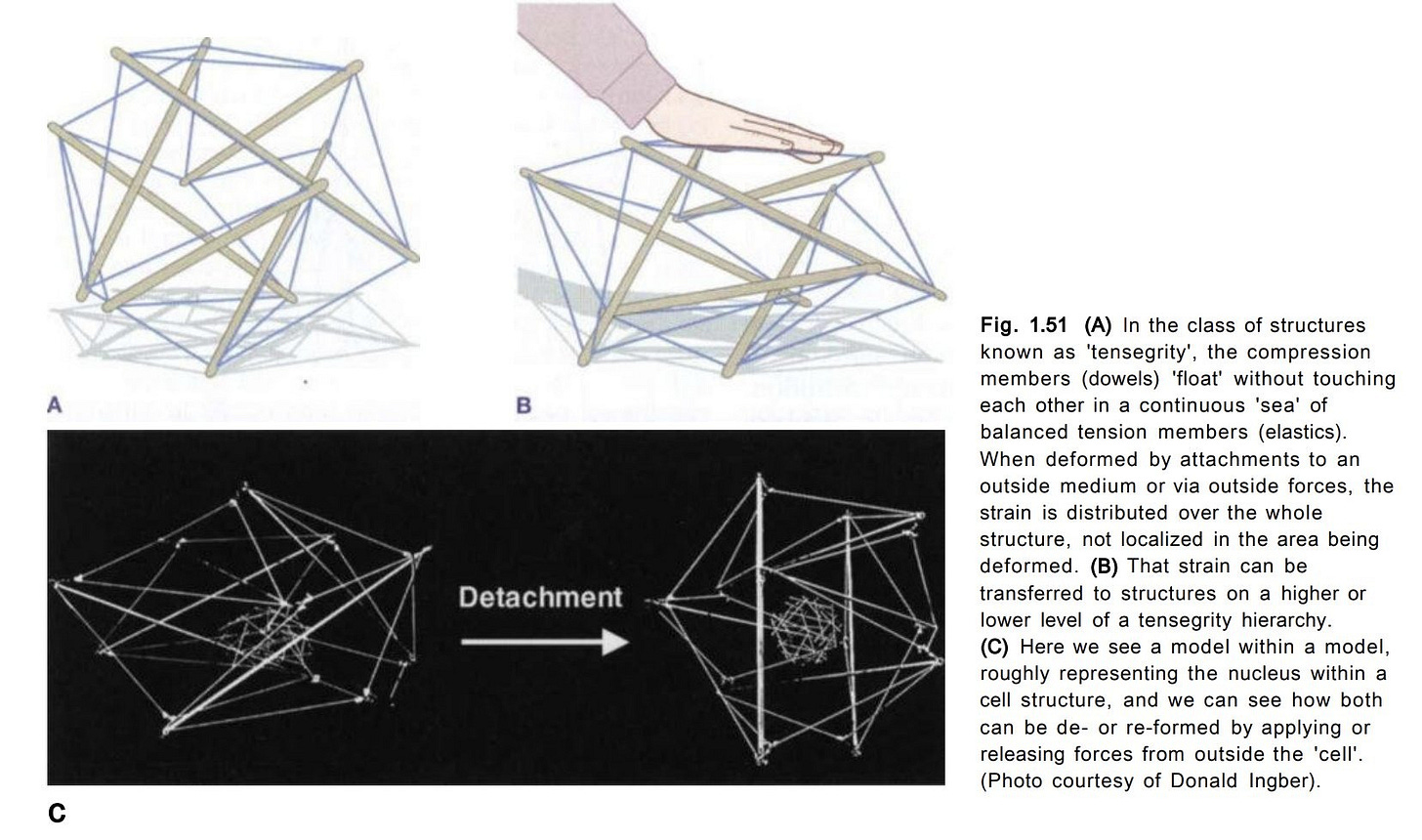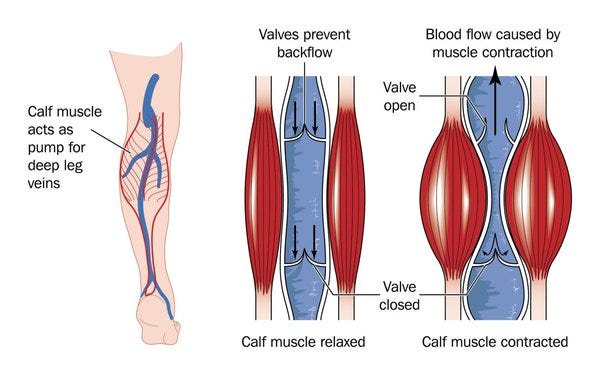Everyone will suffer from tight or uncomfortable muscles at some point in their life. For some, this is a daily occurrence, often a struggle that is accompanied by pain, sometimes affecting one’s well being substantially. Unfortunately, the common treatments for these tight muscles are ineffective in getting rid of the problem as it usually comes back.
This usually means constant stretching, massaging, releasing, and whatever else ad infinitum. Some enjoy the routine of constantly stretching their hamstrings, massaging their hip flexors, or releasing their neck muscles. That’s fine but it doesn’t have to be that way. You don’t need to spend that much of your precious time doing these things if you instead address the reason(s) why the muscles are tight and painful in the first place.
Muscles become chronically tight when they are weak and starved of energy. This is a concept you may be familiar with if you’ve ever dealt with cramping, the painful contraction usually a result of fatigue and/or poor nutrition. The same is true for rigor mortis, as death brings with it the complete absence of energy and the total stiffening of the body.
Although it seems like a paradox, a strong and healthy muscle is going to be soft to the touch. This relaxation is necessary for said muscle to produce the greatest amount of force, as muscles are strongest after being stretched (relaxed) slightly. Remedying your tight muscles is a matter of restoring their metabolism and making them stronger.

ATP, the energetic currency of life, is required for the myosin heads within muscle fibers to detach from the actin filaments. When there is a shortage of ATP, the myosin can remain fixed to the actin, potentially causing the whole muscle to remain in a predominantly contracted state. This is what happens during rigor mortis as there is no ATP to allow for the muscles to relax.
Deficiencies/imbalances in key minerals such as calcium, magnesium, and potassium can contribute to this. However, anything that influences ATP production within the muscles will have an effect. These issues become magnified when the muscle is under stress or is worked beyond its capacity, again resulting in a lack of energy.
The common solution is to stretch, massage, or release the muscle in question. This can provide short-term relief, temporarily forcing relaxation, but does not always solve the underlying issue. Should this be a one-off scenario then it’s not really a problem but if a muscle keeps becoming tight and painful then changes must be made. If the patterns and circumstances that led to the deficiency in energy within the given muscles are not remedied, then tightness will likely return.
What causes a muscle to become tight?
A lack of key minerals/nutrients
An excessive workload (short and long term)
Physical injuries to the muscle
Neurological stress or dysfunction
Inefficient movement patterns
Muscle and fascia form a living tensegrity structure that facilitates movement and stability. If you were to push on this structure, the area that ends up enduring the most stress is usually somewhere else along its length. Tight muscles that have been forced to endure this stress may not even be where the actual problem is occurring. Thus, stretching the bothersome muscle is still not addressing the real reason why it is tight.

Most chronically tight muscles are those that are being asked to do more than they are metabolically capable of. This either means they are performing a role they are not designed to do and/or don’t have the energy to do so. Usually, these issues go hand in hand as dysfunctional movement patterns are inherently less efficient, causing these muscles to bleed energy at an accelerated rate.

Again, referencing the moving tensegrity structure, drastic alterations to its position will usually be compensated somewhere else. This area of stress usually experiences increased energy demands while also undermining restorative mechanisms such as the flow of body fluids. Blood, which delivers life-giving nutrition, requires the contraction and relaxation of a skeletal muscle in order to pump blood through it. Should the muscle be constantly contracted this cannot occur in full, perpetuating the cycle.

The connections of muscles, fascia, and the nervous system are constantly working (as one) to keep you upright, moving, and stable. Trying to force a muscle to relax is often to struggle against all of these systems to the point where it can sometimes be detrimental. Again this is not necessarily in reference to a muscle that gets tight and tired after exerting yourself but one that is constantly doing so even while rested. In this instance more things usually need to happen to solve the problem.
A chronically tight muscle should instead be seen as a canary in a coal mine for some form of dysfunction in your body. It isn’t choosing to do what it’s doing for no reason and it likely is not tight because it hasn’t been stretched or massaged enough. It is either being asked to perform a role that it cannot and/or lacks the resources (energy) to do what it needs to do.
If you believe the problem to be mechanical or postural it is often most effective to go to the root of the issue. You can read more on building the foundation for your biomechanics here:
Usually, tight muscles resolve themselves when the entire system (your body) works efficiently. Removing any kinks in the hose can allow the transfer of energy through muscle, fascia, and bone. Isolated strength exercises for the affected muscles can help but may not solve the problem entirely. A combination of targeted and more global (full body) exercises will usually be required.
If you suspect the issue to be more systemic then nutritional and/or neurological changes might need to take place. This could be something as simple as consuming more magnesium but may also require some more changes to diet and lifestyle. A dysregulated autonomic nervous system may end up contributing to muscle tightness as well via subconscious changes to breathing, posture, and nerve tone. More can be read about that here:
Addressing fundamental aspects of your existence will drive more (lasting) change than just focusing on specific areas of discomfort. That said, additional therapies and modalities can make the process easier, as change can come slowly. Some of these include:
Light therapies (sunlight, heat lamps, LED devices)
Topical magnesium oil
Targeted massage/acupressure
Low-intensity movement like walking or qi gong
Microcurrent therapies such as SCENAR
Grounding/PEMF therapies
CO2 baths
If you are in dire need of a muscle release, you can target the bundles of sensory cells known as Golgi tendon organs. These are located within musculotendinous junctions and can cause muscle cells to relax when stimulated. Gentle massage is all that is required.











A lot of good stuff here. I do think it’s important to differentiate between tightness and stiffness. The neuromuscular tightness you are talking about is a frequently misunderstood and mis-approached condition as you describe here. Myofascial stiffness, also a frequently misunderstood and mis-approached condition, is a separate but related issue as is (joint) capsular stiffness. You mentioned trigger points, and these are the intersection of neuromuscular and myofascial dysfunction. Also, the term stretching gets thrown around a lot, but the reality is, there are various ways to restore normal mobility to tissues and the colloquial “stretching tight muscles” misses the complexity of differential diagnosis.
Curious about your thoughts on chiropractic